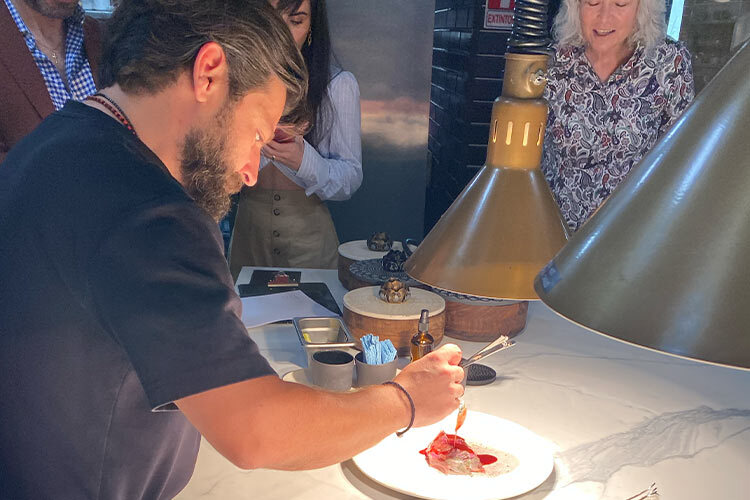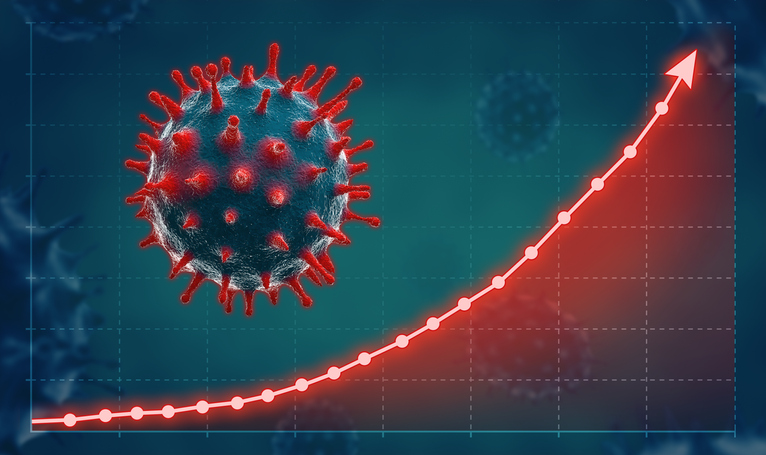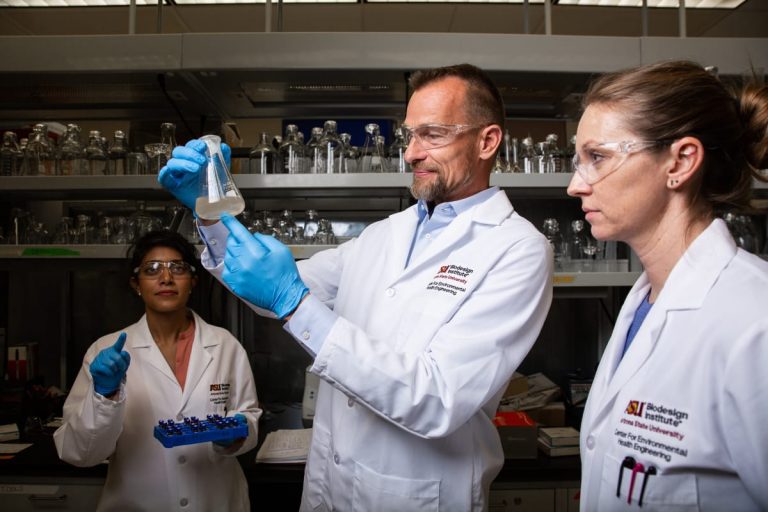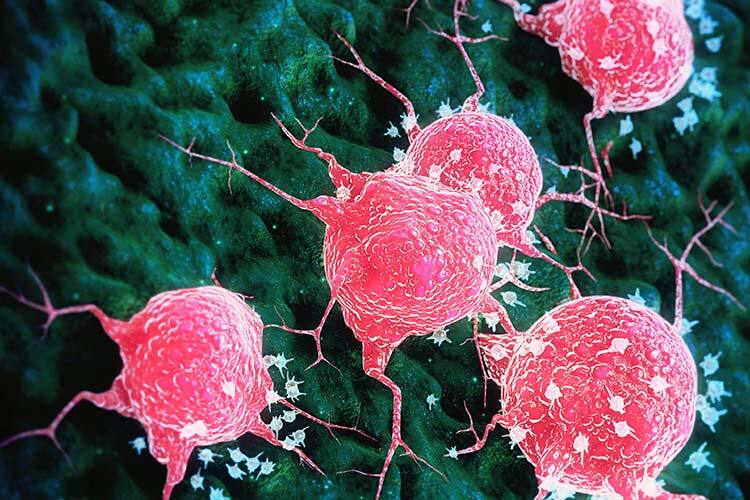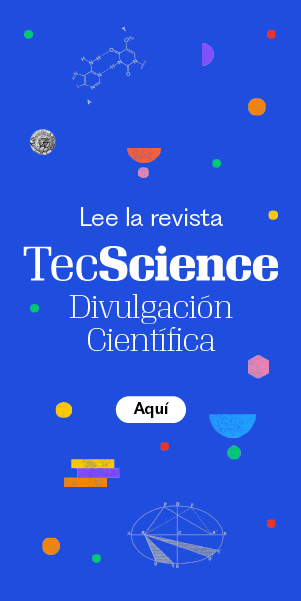A week after receiving one of the first Michelin stars awarded to Mexican restaurants, chef Rodrigo River- Rio unveiled a new dish made with 3D printed meat.
He says it’s the perfect match of his vision for Koli, the restaurant which received a Michelin star located in Nuevo Leon, Mexico. The team in this kitchen tries to create a story for each plate on their menu. For this dish, the story was about a beet that watched as cow after cow ate the other beets around it. Lost and alone, it decided to become beef.
But the new dish is neither beef nor beet. It’s a vegetable protein with a beet sauce made in the laboratory of Forma Foods, a biotech start-up based in the campus of the Tecnológico de Monterrey.
3D Printed Meat
Vegetable proteins are often described as fake or lab-grown meat, but chef Rivera-Rio wants to present the protein as something entirely different. He says the value of the product from Forma Foods is the potential it has to change the language behind this new technology.
“It’s not meat, it has nothing to do with meat. This is a vegetable protein with textures similar to an animal protein,” he explained in Koli’s kitchen after unveiling the dish.
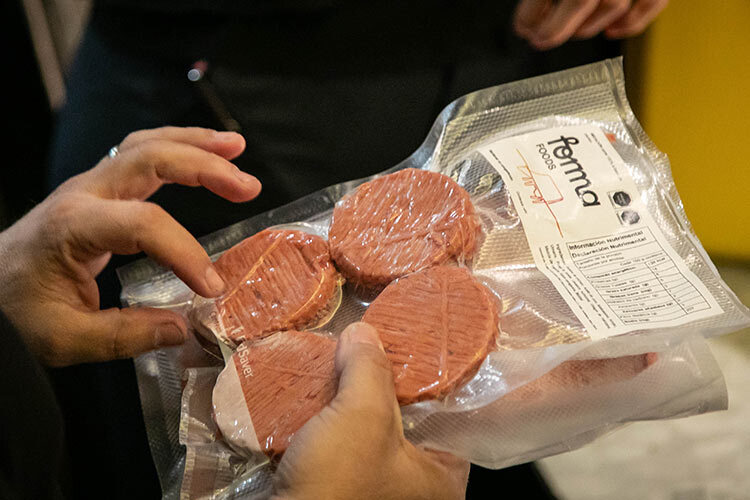
Meat Fibers Produced in a Laboratory
Forma Foods was born out of a collaboration between some of the country’s most renowned scientists. It all started in 2017 when Grissel Trujillo and her husband Mario Alvarez created the Alvarez-Trujillo Lab. This group focused on bioprinting living tissue made with mammal cells.
Trujillo explains that the tissue created with their technology has several applications. Eventually, they hope it can be used to replace organs or damaged tissue inside the human body. They can also apply it for testing instead of mice or other live animals.
With the chaotic 3D printing that they invented in their laboratory, Trujillo and Alvarez were already creating musculoskeletal tissue using live cells from mice.
When they met Maria Rubio, professor at the Autonomous University of Mexico (UNAM) and expert in meat science and industry in Latin America, they realized that they could use those same strategies to produce food like meat.
In 2022, Li Lu Lam Aguilar, biotechnology engineer, joined as CEO, officially creating Forma Foods. Using vegetables as raw materials, like coconut oil and paste made from peas, they started to produce food products with a similar structure as meat from cows.
The first challenge was to recreate the fibers that many Mexicans look for in their beef. They didn’t want to make a product like Impossible Foods or Beyond Meat that focused more on synthetic ground meat like sausages or hamburgers.
“It’s not the same to have a taco with ground meat or sausage as one with beef fajitas,” says Trujillo. “The structure that we get from chaotic 3D printing in the laboratory sets us apart.”
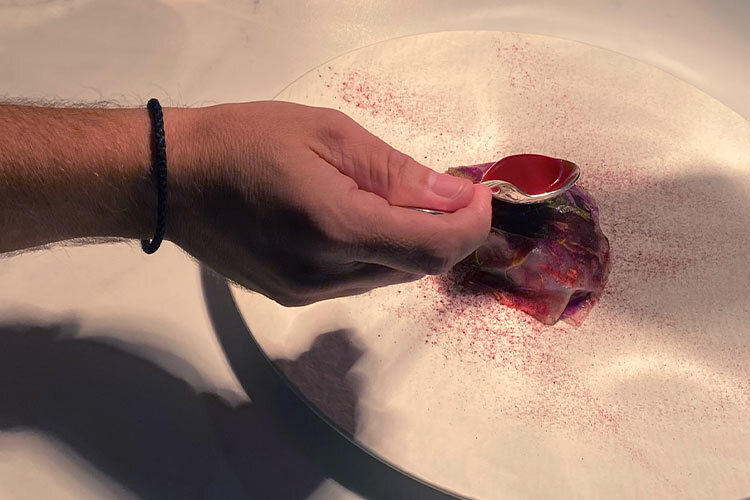
Reinventing Culinary Traditions
Chef Rivera-Rio was impressed by those fibers in the final product. The new dish was presented to a few members of Forma Foods and to Rob Roggema, professor at School of Architecture, Art and Design (EAAD), member of the Faculty of Excellence and an expert in regenerative design. His focus is on creating natural and regenerative systems of water, ecology and soil with the goal of changing the food chain to one that is healthier and more sustainable.
The experiment is part of a project that Roggema started called “Reinventing Traditions: Reimagining the Heritage Foodscapes of Nuevo Leon.”
Roggema and his team have collaborated on other restaurants in Monterrey like Pangea and Vernaculo to reinvent the recipes of Nuevo Leon with ingredients that are new or more accessible and sustainable.
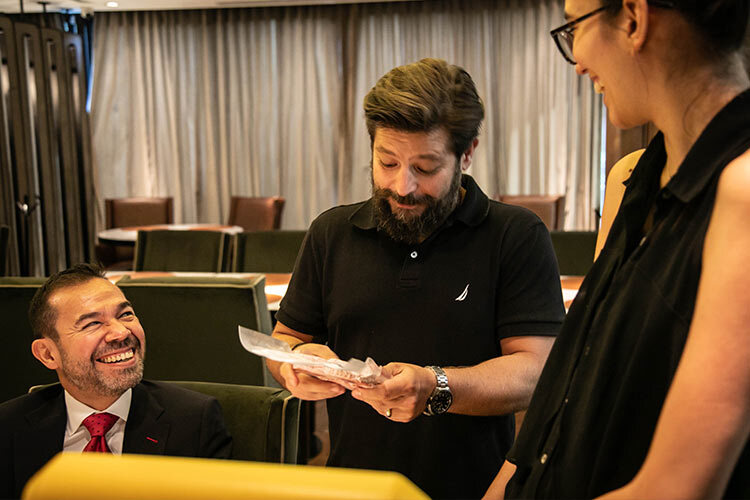
So, What Does it Taste Like?
The scientists and chef got together one morning in Koli’s dining room before opening hours. Rivera-Rio had created two dishes for them that morning: one using the product from Forma Foods, the other using beef from a cow.
Even though the chef tried to cover each dish with rice paper so we couldn’t see which one was which, the difference was notable after the first bite.
The vegetable protein did not have the familiar taste of meat. Instead, it absorbed the beet and mushroom sauce prepared by the chef. The texture itself was juicier and softer than the beef with visible fibers at the center of the lab-created protein.
“It’s a protein, obviously, made with all the most cutting-edge technology in a laboratory. It’s from Monterrey, it’s regia cuisine,” said Rivera-Rio. “The richness of Nuevo Leon goes far beyond carne asada.”
Rivera-Rio was excited to keep working with Forma Foods to create other meat cuts of different shapes and sizes, one of the advantages of the product.
“I think it would be very interesting to keep this as an ongoing dish in the menu: the vegetable that wanted to be meat,” he says. “This season it would be beet, next it could be a carrot. It can be a thousand things.”
Did you find this story interesting? Would you like to publish it? Contact our content editor to learn more at marianaleonm@tec.mx
